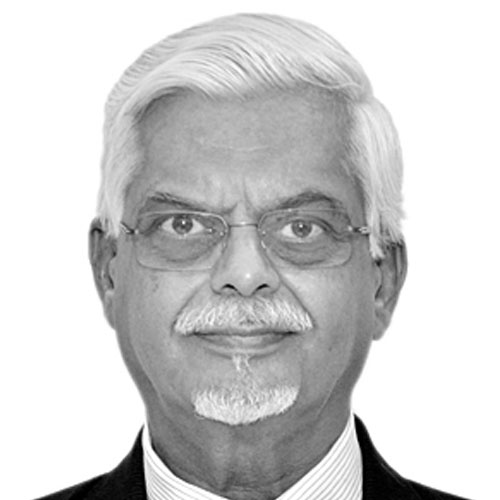The notion of the ‘West’ has largely defined our understanding of global political, economic, and cultural life for centuries. It has played a prominent role in describing the bipolarity of the global order during the Cold War, as well as the subsequent hegemony of Western power following the fall of the Soviet Union. Strategic outlooks have been shaped by this dynamic ever since. However, following the end of the colonial period and the division of the Cold War, the geopolitical gravity of the Eurasian continent has begun to shift. Generally speaking, this shift involves the restoration of the centrality of Asia as part of a slow reversal of the historic rise of the West. It is expected that by 2030, Asia will have surpassed both North America and Europe in terms of GDP, population size, military spending and investments in technology. While China and India will be the largest and most significant of this lot, others, including Bangladesh, Egypt, Indonesia, Iran, Pakistan, Philippines, Turkey, South Korea and Vietnam, will make this shift even more pronounced.
Key regional actors that once considered their Asiatic political and economic orientations to be secondary to those of the West have increasingly embraced their place in a broader Eurasian system. From Turkey and Russia to the Arab states on the eastern shores of the Mediterranean and the Arab Gulf States, dependency on the West is being loosened while they look to Asia to build their strategic ties.
Discussion Themes
• As what could be best termed as the ‘Asianization’ of the strategic orientation of states from Turkey and Russia to Iran and the Gulf States continues to unfold, what impact will this have on the world system that has had its centre in trans-Atlantic relations?
• How does a Eurasian strategic orientation affect the strategic options available to states beyond either a pax-Sinica or pax-Americana?
• Where does Europe see its place in this Eurasian awakening, economically, politically and culturally?
• How will the United States position itself vis-à-vis these developments? How does it fit into their pivot-to-Asia strategy?
• Where does Turkey, the traditional bridge between Asia and Europe, see itself with regards to its Asian geography? How have shifts in global power dynamics altered its strategic outlook?
• What role is China’s Belt and Road Initiative (BRI) set to play in re-shaping and rise of Eurasia and what are its potential impacts on the global balance of power?




